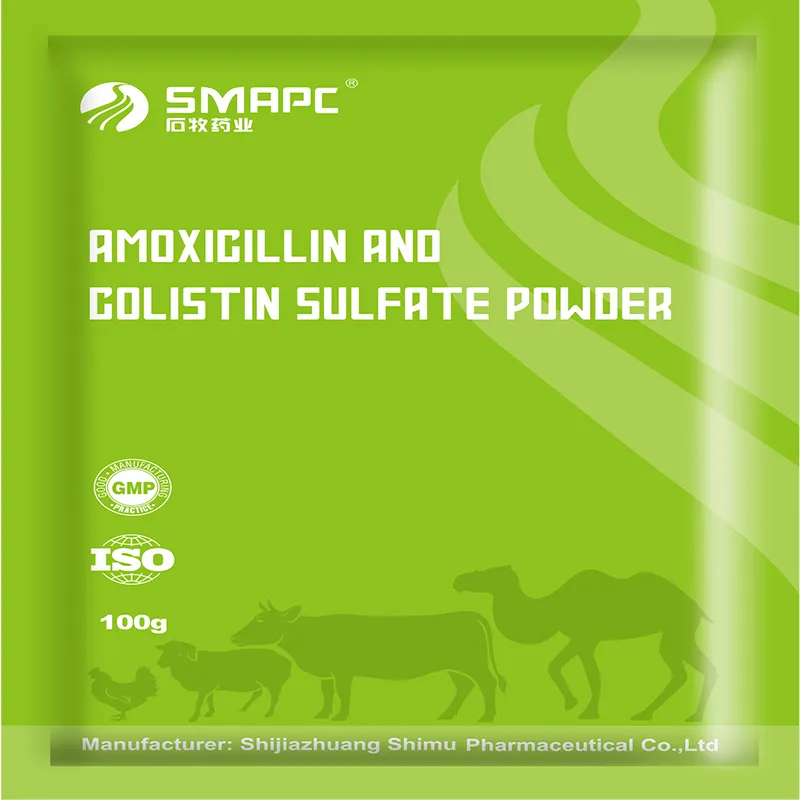In summary, fever in cattle is a significant health concern that warrants prompt attention and appropriate treatment. Understanding the causes and recognizing the symptoms of fever can lead to timely intervention, ensuring the well-being of the herd. Utilizing medicinal treatments, alongside supportive care and preventive measures, can help manage fever effectively and maintain the productivity and health of cattle. As livestock producers, being proactive in herd health management is key to successful cattle farming.






